THE ANDINO BOMBING: COLOMBIA’S POLITICIZED INVESTIGATION SACRIFICES TRUTH
The only certainty in this case is that there has been an effort by the government to conceal facts from the public. As a result, the Andino bombing will probably be one more atrocity that goes unpunished in Colombia
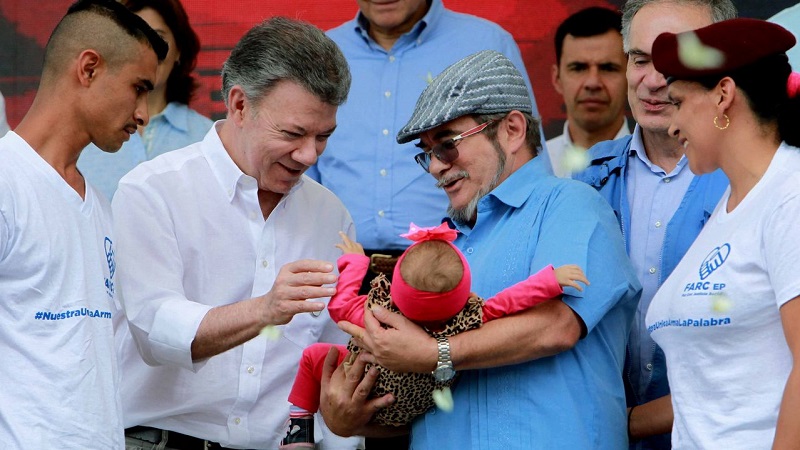
The Andino Bombing: Colombia’s Politicized Investigation Sacrifices Truth
The only certainty in this case is that there has been an effort by the government to conceal facts from the public. As a result, the Andino bombing will probably be one more atrocity that goes unpunished in Colombia

By Lia Fowler*
July 1, 2017
@lia_fowler
A week after a terrorist bombing in an upscale mall killed three people in Bogota, Colombian authorities arrested nine people on conspiracy charges related to the attack. According to the government, all were part of an obscure group called the Revolutionary People’s Movement (MRP). But the unusual nature of the investigation and the information released so far seem more indicative of a government cover-up than of a search for the truth.
The government immediately excluded from suspicion the narco-terrorist group FARC – which recently signed a so-called “peace” deal with the government – and the terrorist group ELN, currently in peace negotiations. Immediately after the blast, President Juan Manuel Santos tweeted that those responsible were “the enemies of peace” – the term he uses to describe those opposed to the negotiations with the FARC and ELN. Indeed, they eventually pinned the attack on a newcomer to the terrorism scene. But at each step, the investigation has deviated from standard practices – and the pieces aren’t adding up.
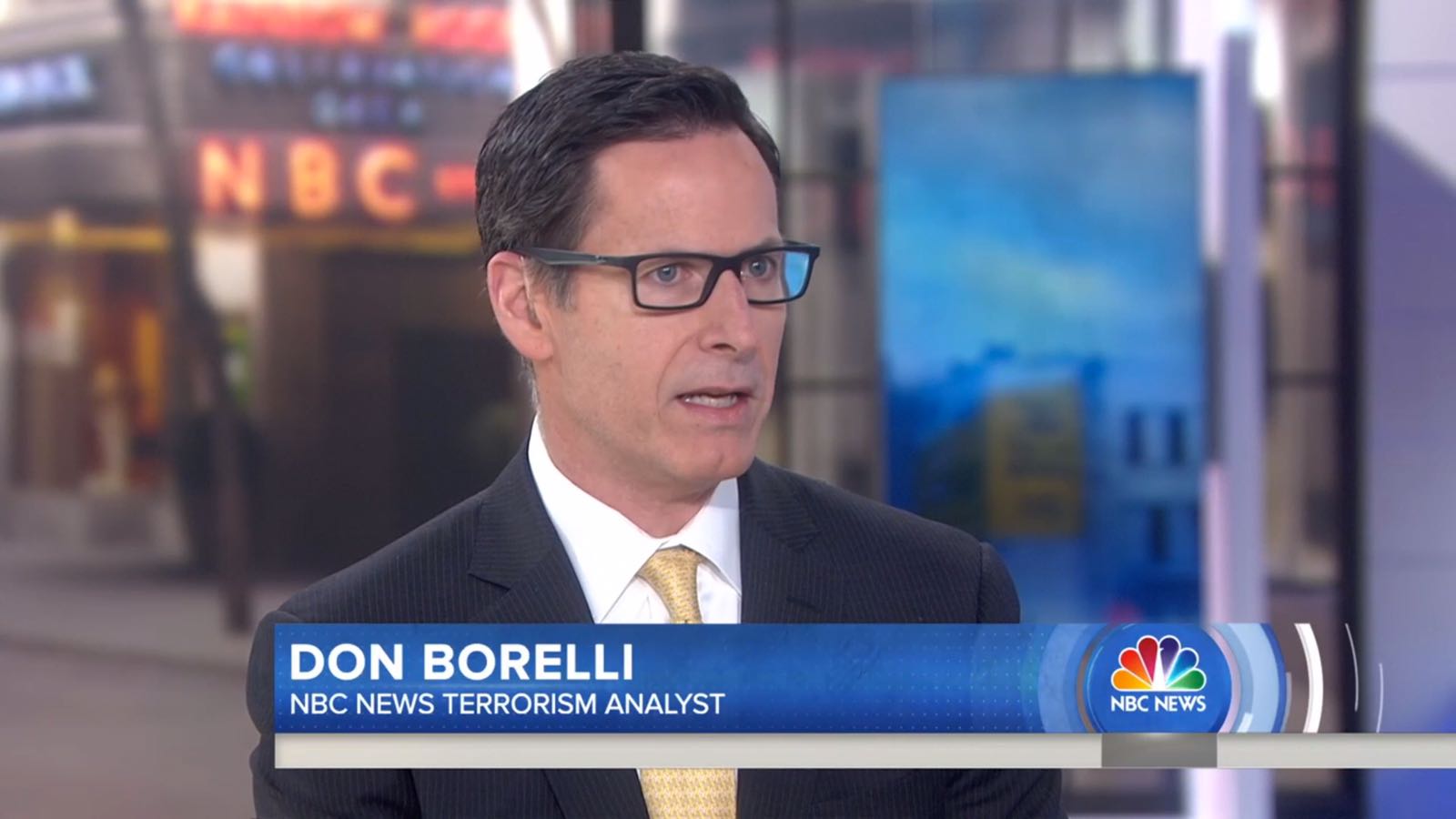
In a telephonic interview this week, I asked Don Borelli, a former senior FBI counter-terrorism official to explain the typical methodology of a bombing investigation. Mr. Borelli has significant experience leading terrorism investigations, including the 2009 plot to bomb the New York subway system, and the 2010 World Cup bombing in Uganda, where he led a team of 60 FBI Agents who assisted Ugandan authorities. Since leaving the FBI, he has consulted with numerous news organizations, including Bloomberg, FOX, CNN, and NBC. Mr. Borelli outlined the immediate steps taken in any investigation in order to quickly identify the perpetrators and prevent further attacks — “You always assume that there are more people out there,” he said.
Physical Evidence. After setting up a perimeter, and while one team works on interviewing potential witnesses, “the first thing you want to do is have a team that is trained in conducting post-blast investigations do a thorough crime scene: collect fragments of the bomb, collect all the pieces, swab for residue,” he explained. “In many cases you can identify the bomber, because some bombers leave a signature – they may use a certain type of wire or a specific triggering device, etc.”
Indeed, to support the theory that the MRP was responsible for the blast, the government claimed the bomb at the Andino was identical to those used by the MRP in the past. Semana magazine wrote on June 24, “They used 800 grams of ammonial explosives, the same type and exact quantity that they have always used in all their attacks.”
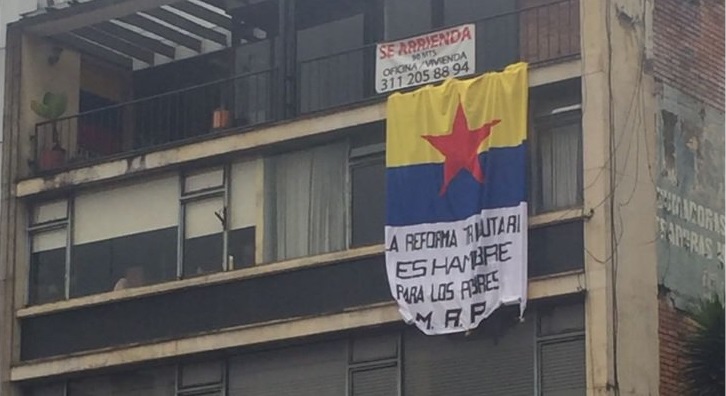
It’s a difficult claim to believe. In an August 23, 2016, bombing attributed to the MRP, the devices detonated in public bathrooms at three different locations. Yet not a single injury resulted from the blasts, and the physical damage was minimal, according to Colombian daily El Espectador. At the time Police General Hoover Penilla stressed that the explosions were caused by “a very low-powered device,” according to the daily El Pais. In fact, none of the blasts attributed to the MRP have left significant damage or injuries.
In contrast, the Andino bombing, which occurred within a similar structure, killed three people and caused several injuries – including an amputation. The shock wave was severe enough to cause ear drum damage to a man presumably outside the bathroom, according to a statement by the hospital that treated some of the injured. Images of the crime scene show significant damage to the bathroom.
Then there is the questionable forensic report of the deceased.
“That’s part of your physical evidence,” Borelli explained. “An autopsy of those bodies is going to be relevant to a criminal case, because if you are going to charge someone with murder in connection with a terrorist act, you’re going to have to show these people were actually killed by that act – in this case a bomb.”
Colombian crime scene investigators and forensic examiners have the skill and experience to conduct a thorough investigation. So it is inexplicable that a forensic report made available to RCN news stated that the bodies of the three victims “had no traces of explosives or chemicals.”

Asked if this was feasible, Mr. Borelli was clear: “No. If you are in a bathroom, and a bomb goes off in the same bathroom, you’re going to have physical evidence on your body – explosive residue, shrapnel, etc.,” he explained. “If you are killed by the bomb, there’s going to be physical evidence on the body – otherwise you wouldn’t be dead.”
Accurate autopsy findings can be important to help identify or rule out potential subjects. Physical evidence recovered from the bodies can establish a victim’s position with relation to the bomb at the time of detonation.
“Victims are certainly not excluded from suspicion,” Borelli stated. “In fact, a lot of people, especially when they haven’t perfected the craft of bomb-making, get killed in the act of trying to detonate a bomb that they or somebody else has made.”
It is difficult to know what the intent was in leaking what can only be false information to the press, but clearly it doesn’t contribute to getting to the truth, serving instead to conceal both derogatory and exculpatory evidence.
Electronic Surveillance. As one team collects physical evidence, another immediately collects all available electronic and video surveillance, Borelli explained.
“I would want to be collecting all the video I could – not just around the bathroom, but the entrances, the parking lot, everywhere,” he explained. “Whoever planted the bomb had to get there somehow. You want to collect that as soon as possible to figure out if you can identify who the person is, and if there is more than one.”
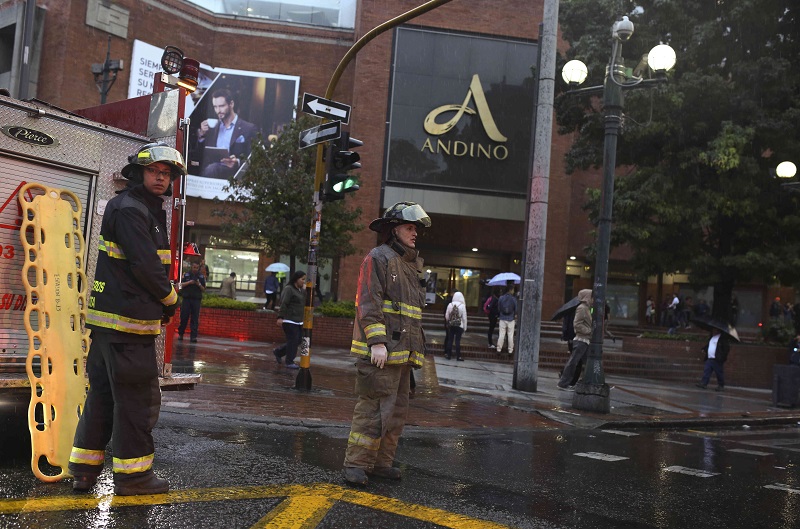
In the Boston Marathon bombing, for example, the FBI released a video of the Tsarnaev brothers to the public to help locate them. “Within minutes, people were calling,” Borelli stated. “That’s another step I would want to do very soon.”
The Andino mall is under extensive video surveillance, both inside and out. But no videos or stills of any suspects were ever made public. This is particularly disturbing, given that the MRP was one of the groups suspected from the start. The August bombing and others attributed to the MRP have involved multiple explosions on the same day. There was, therefore, good reason to believe there might be other imminent attacks. But there was no sense of urgency, and no steps were taken to aid in quickly detaining the perpetrators.
Asked for possible reasons not to release video evidence, Mr. Borelli responded: “If you have some really good active leads working, you may hold off on [releasing] the video because as soon as you release it, the people that are part of the conspiracy will know that’s been made public and they’ll run and hide.”
However, “If after a number of hours — or maybe a day — you don’t really have anything, why not? You want to get as many people on your side helping you solve the case as soon as possible.”
It took the government seven days to make any arrests. No video footage was ever made public. Whatever the political reason for not releasing the video, it must have been important, as it outweighed the risk to the public of letting the perpetrators remain at large for seven days.
More strangely still, the government – having the video surveillance – went to the trouble of creating composite sketches and releasing or leaking them to the public.
“Usually, you have sketches because you don’t have video,” Borelli explained. “it’s not as reliable as a real picture; people’s memories aren’t perfect.”
Furthermore, “when you release a sketch, you start generating a lot of false leads, and that eats up a lot of resources. You don’t want to be wasting a lot of precious time and resources on that.”
It seems time was not of the essence in the investigation of the Andino bombing.
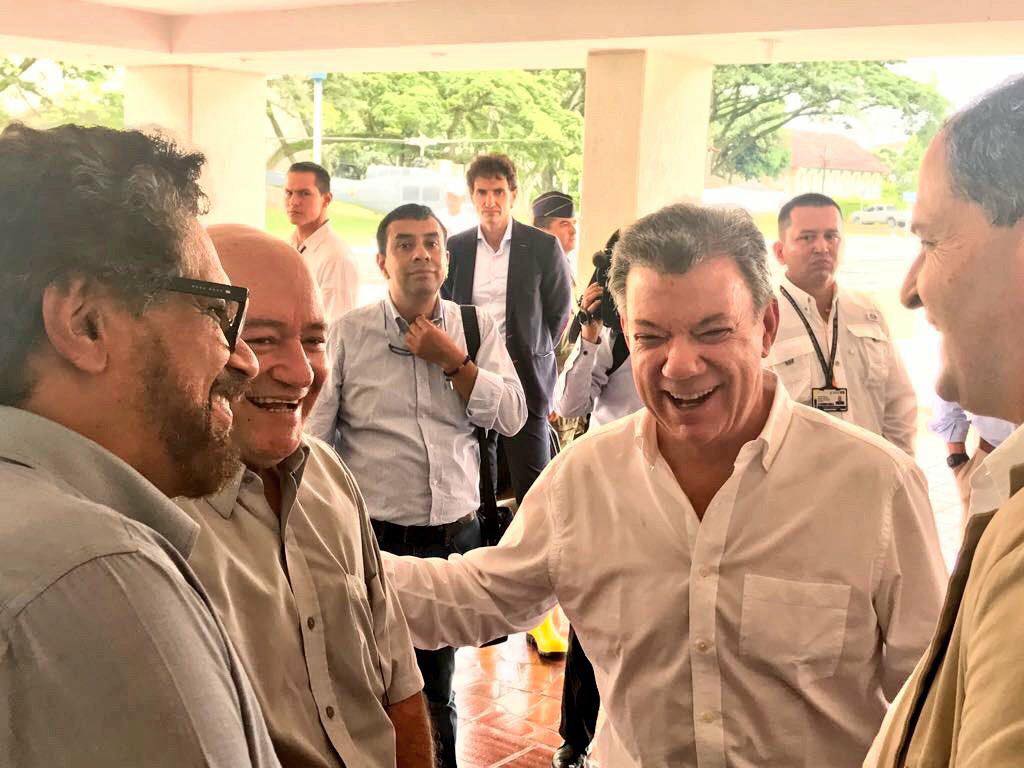
Canvassing Intelligence Sources. Another important step in the investigation involves canvassing intelligence sources.
“This is where, hopefully, you have a robust intelligence program and you’ve already got some good sources in place,” Borelli explained. “For example, we’re talking about intelligence sources in the FARC, ELN, or any another group. If you don’t have good human sources of intelligence, it’s pretty hard to develop them in the immediate aftermath of a bombing.”
While it is unknown whether any intelligence sources were canvassed or what leads they may have developed, it is a fact that the State’s intelligence-gathering ability has been severely hindered since the enactment in April 2013 of law 1621, which regulated intelligence and counter-intelligence operations. The law prohibited the collection of intelligence on a number of targets, including people belonging to human rights groups and political movements. That immediately prohibited the intelligence agencies from collecting intelligence on many terrorist-linked subjects, including members of the FARC, the ELN, and other radical “political groups”, as well as so-called “human rights” non-governmental organizations that have traditionally supported these terrorists.
Further, according to intelligence sources, and in keeping with the Havana accords signed by the Colombian government and the FARC, intelligence databases have been purged of any collected information on individuals belonging to such organizations – the very people who have terrorized Colombia for decades and who still commit acts and threats of violence.
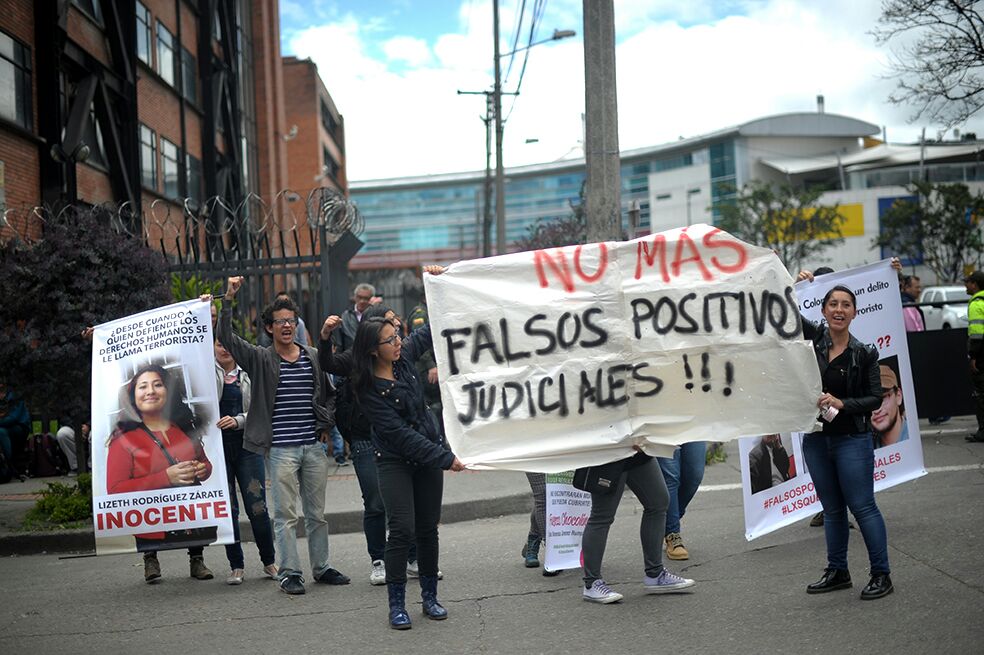
Background Investigations. “Everybody that is close to that crime scene has to be ruled out as a subject,” Borelli explained. “So you want to investigate all the people that have been killed or injured as potential subjects until you rule them out. You want to look into their backgrounds.”
Part of the background investigation includes looking into their travel, their associates, social media, and interviews of family and friends.
But from the beginning of the investigation of the Andino bombing, the Colombian and French governments made assumptions about the innocence of the victims. Reasonable suspicion arose particularly surrounding the victim closest to the bomb — French national Julie Huynh, who died instantly – when publicly-available information revealed she associated with former terrorists and had very recent travel to Cuba, a state-sponsor of FARC terrorism for decades. But Colombian and French officials and media – and the FARC — immediately ruled her out as a suspect. In a tweet on June 19, French Ambassador to Colombia Gautier Mignot dismissed any suspicion of Huyhn as “an absurd version of the facts.” It was a particularly inappropriate comment because the French government had offered to cooperate in the investigation, thus casting doubt on its objectivity.
Political Climate. The timing of the terrorist bombing came at a delicate political moment for President Santos, who was days from travelling to France in order to secure funding for his “peace” deal with the FARC. It was clearly politically convenient to immediately absolve the FARC and the ELN of any participation in the attack. Similarly, there was a political motivation to immediately absolve the French national of any suspicion. But this was done at the expense of an objective and professional investigation.
Santos’ decision to cancel a trip to Portugal in order to “be in front of the investigation,” didn’t help boost public confidence either. Under normal circumstances, it would be inappropriate for a politician to involve himself in a criminal investigation due to the inherent conflicts of interests between political and investigative objectives. The involvement of Santos, specifically, is even more worrisome, as he has rule-by-decree powers and has already usurped the power of the legislative and judiciary branches.
Of the nine individuals arrested, one has already been released an then recaptured. And the sloppy investigation so far raises enough reasonable doubt to hinder a successful prosecution against the remaining subjects – guilty or not. The only certainty in this case is that there has been an effort by the government to conceal facts from the public. As a result, the Andino bombing will probably be one more atrocity that goes unpunished in Colombia.
*Lia Fowler is a journalist and former FBI Special Agent.

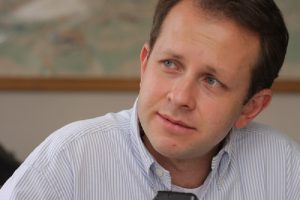


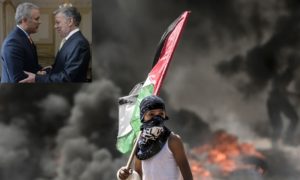
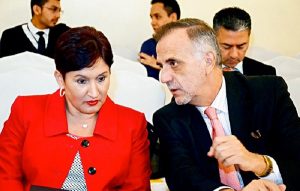

Comentarios